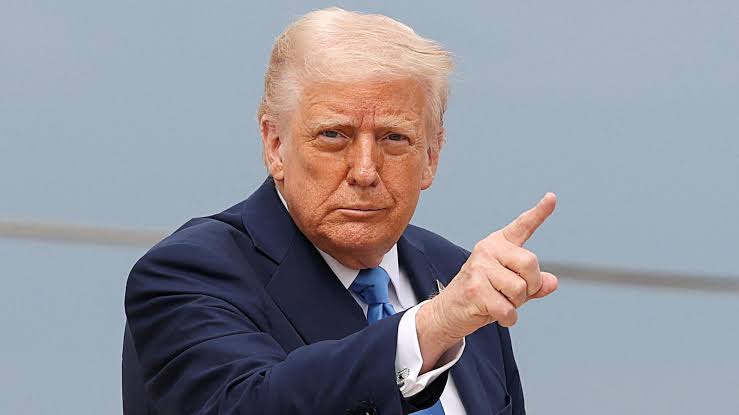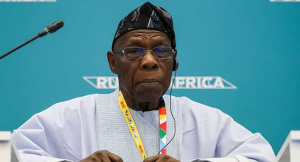
President Donald Trump of the United States has escalated his trade war to unprecedented levels, imposing sweeping tariffs that could send shockwaves through the global economy and hit American consumers hard.
In a dramatic announcement on Wednesday, Trump declared a national economic emergency and unveiled a new tariff structure, slapping a minimum 10% tariff on all imports and significantly higher rates on 60 targeted countries. Among the hardest hit are Cambodia (49%), Vietnam (46%), China (34% + an existing 20%), and the European Union (20%).
The tariffs, which Trump claims are meant to restore American manufacturing and eliminate trade imbalances, will take effect in phases—April 5 for the universal 10% rate and April 9 for the country-specific tariffs. Notably, Chinese e-commerce platforms like AliExpress, Temu, and Shein will also face the 54% total tariff on packages valued under $800 starting May 2.
The announcement immediately rattled financial markets, with the Dow dropping 0.61%, the S&P 500 falling 1.69%, and the Nasdaq plunging 2.54%. Analysts warn that these tariffs could trigger a global recession and lead to “stagflation,” a combination of high inflation and slow economic growth.
The move has also infuriated key U.S. allies. European Commission President Ursula von der Leyen vowed a “strong response”, while Chinese Foreign Minister Wang Yi warned of a “counterattack” if the U.S. continues what he called “economic blackmail.” Canada, Mexico, Japan, and South Korea are also considering retaliatory tariffs.
Despite widespread criticism, Trump defended his decision, branding it “Liberation Day” for the U.S. economy. He insists the tariffs will “bring back jobs and factories” and even suggested they could replace income taxes as a primary revenue source.
However, economists disagree. Trade experts from the Cato Institute compared the tariffs to the Smoot-Hawley Tariff Act of 1930, which worsened the Great Depression. David Beckworth, a former Treasury economist, called the move “a perfect recipe for economic disaster.”
With a global trade war now seemingly inevitable, countries are preparing to strike back. As retaliatory tariffs loom, U.S. businesses and consumers could soon feel the brunt of higher prices, disrupted supply chains, and economic uncertainty.








